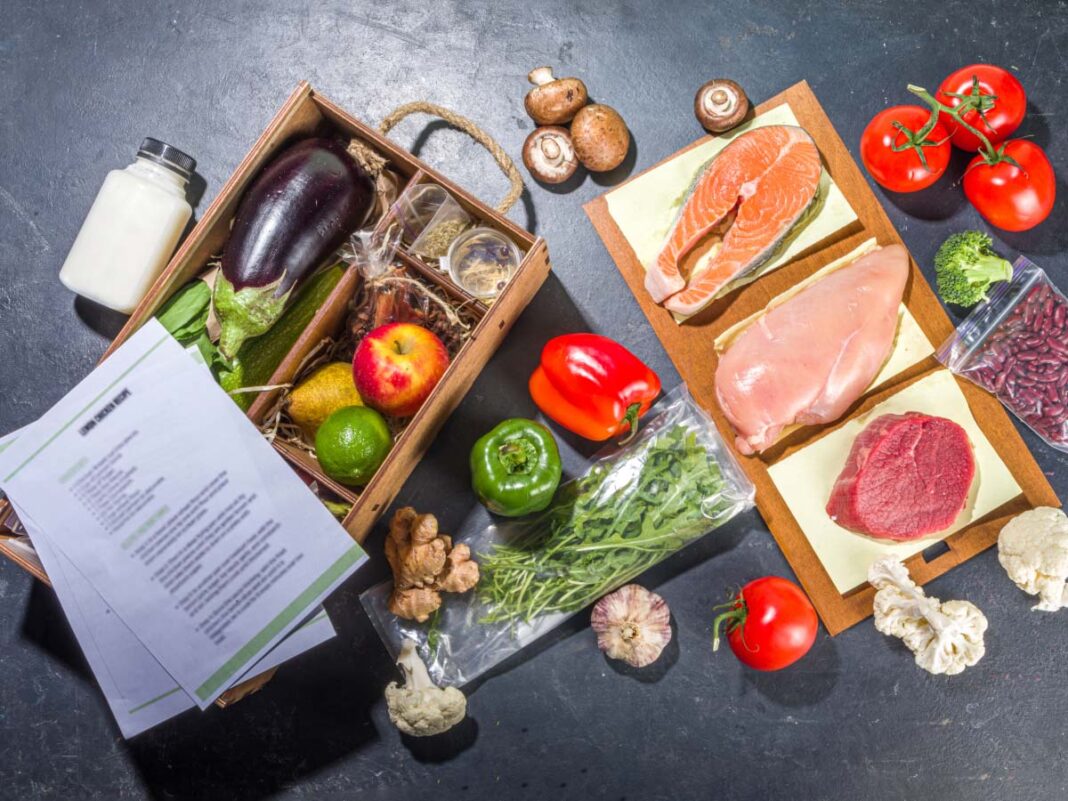In today’s fast-paced world, how we approach cooking and eating has significantly transformed. Meal kits have emerged as a popular solution for those seeking to enjoy home-cooked meals without the hassle of traditional meal planning and grocery shopping. However, as meal kits become more ingrained in our culinary culture, one must ask whether they are a convenient revolution in home cooking or have become a crutch that distances us from traditional cooking practices.
The Rise of Meal Kits
Meal kits burst onto the scene in Sweden in 2007 and made their way to the United States by 2012. Initially appealing to older millennials, these kits provided a streamlined solution to meal planning, delivering pre-measured ingredients and recipes directly to consumers’ doorsteps. This convenience eliminated the need for last-minute grocery runs and ensured no ingredient was overlooked.
Convenience and Accessibility
In a time when people are juggling work, family, and social responsibilities, meal kits offer a simplified cooking experience. Providing pre-portioned ingredients and easy-to-follow recipes reduces the time and stress associated with meal preparation. Even those with minimal cooking experience can prepare gourmet-style dishes, making cooking more accessible to a broader audience.
Variety and Personalization
One of the key advantages of meal kits is their ability to cater to diverse dietary preferences and lifestyles. Whether you’re following a vegetarian, vegan, gluten-free, or keto diet, there’s likely a meal kit tailored to your needs. Companies have expanded their menus to include international cuisines, specialty diets, and even meals for specific health goals, offering consumers a personalized culinary experience.
Quality Ingredients and Reduced Food Waste
Meal kits often emphasize the use of fresh, high-quality ingredients. Many providers source organic or locally produced items, promoting healthier eating habits and supporting sustainable farming practices. Additionally, meal kits’ pre-portioned nature helps significantly reduce food waste, as consumers receive exactly what they need for each recipe, minimizing leftovers that might otherwise spoil.
Challenges Facing the Industry
Despite their popularity, meal kits are not without challenges. Companies often grapple with high operational costs and subscriber churn. The expense of sourcing ingredients, packaging, and shipping can be significant, and retaining customers in a competitive market is an ongoing struggle. Environmental concerns also arise due to the packaging waste associated with meal kits, prompting companies to seek more sustainable solutions.
Technological Innovations and the Future
The meal kit industry shows promise for continued growth, with projections estimating it could reach nearly $20 billion by 2027. Technological advancements, such as integrating artificial intelligence to personalize offerings, are shaping the future of meal kits. AI can analyze food trends and customer preferences, allowing companies to tailor meal plans more closely to individual tastes and dietary needs.
Meal Kits in the Retail Landscape
Traditional retailers have also taken note of the meal kit trend. Grocery stores are exploring ways to capitalize on the convenience of meal kits by offering their versions or partnering with existing meal kit companies. This move bridges the gap between online meal kit subscriptions and in-store shopping, providing consumers more flexibility and immediate access.
A Permanent Fixture or a Passing Trend?
Meal kits have undeniably changed how many people approach cooking and meal preparation. They offer a blend of convenience, variety, and quality that aligns with modern lifestyles. However, questions remain about whether they encourage people to rely too heavily on pre-packaged solutions, potentially diminishing traditional cooking skills and spontaneous creativity in the kitchen.
Conclusion
The evolution of meal kits reflects a broader shift in consumer preferences towards convenience and personalization. While they provide valuable solutions for time-strapped individuals and families, it’s important to consider the balance between convenience and self-reliance in cooking. Whether meal kits are a helpful tool or a crutch depends on how they are integrated into one’s lifestyle. As the industry continues to innovate and adapt, meal kits are poised to remain a significant part of the culinary landscape.
